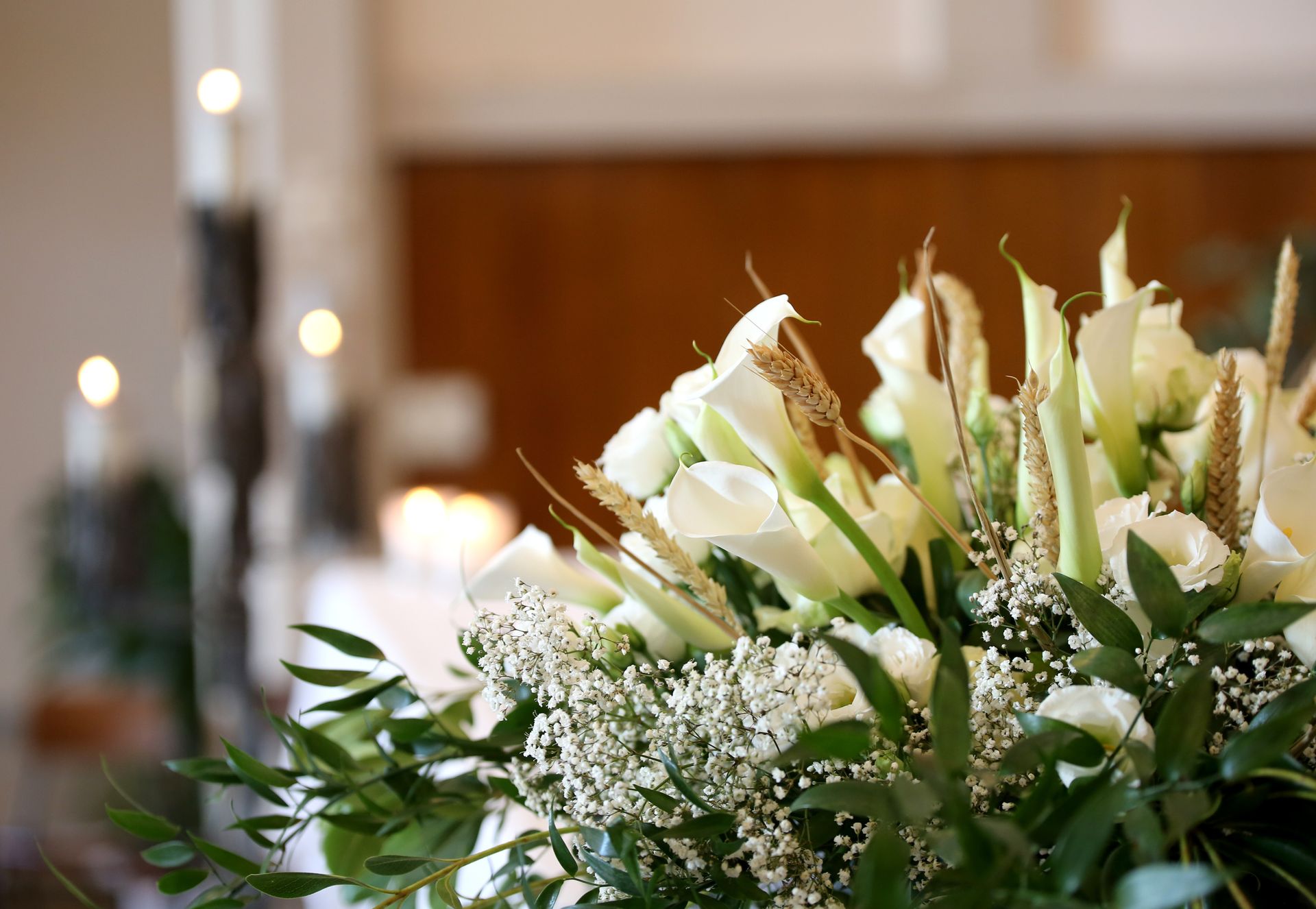What to do with a loved one's belongings when they're gone

When someone we love passes away, it feels like a piece of them stays behind in the things they used every day. Figuring out what to do with those belongings might seem tough, but it's okay to take it one step at a time. Here's a simple guide to help you navigate this emotional journey.
Take a Breath:
First, take a breath. You don't have to rush into anything. Grieving takes time, and it's alright to give yourself the space you need to grieve, and cope.
Ask for Help:
You don't have to do this alone. Ask close friends or family members for help. Sometimes, having others around can make the process a little easier.
Hold on to Special Items:
Keep a few things that hold special memories close to your heart. It could be a piece of jewelry, a favorite book, or a photo that makes you smile. These little things can be comforting.
Donate with Love:
Giving away their clothes, blankets, or everyday items to those in need can be a beautiful way to honor their memory.
Create Memory Boxes:
Make memory boxes filled with things that remind you of them. It could be love letters, old cards, or little notes. These boxes become a treasure chest of moments that you can revisit whenever you’re missing them.
Take Your Time:
Sorting through belongings can bring a wave of emotions. Take your time, and don't feel pressured to make quick decisions. Each item might hold a story, and it's okay to let those stories unfold at their own pace.
Consider Keepsakes:
Some items might be turned into keepsakes—a piece of their clothing transformed into a quilt, or a favorite mug repurposed into a plant pot. It's like giving these items a new life.
Remember, it's okay to feel a mix of emotions. Each step you take is a step towards honoring their memory.








